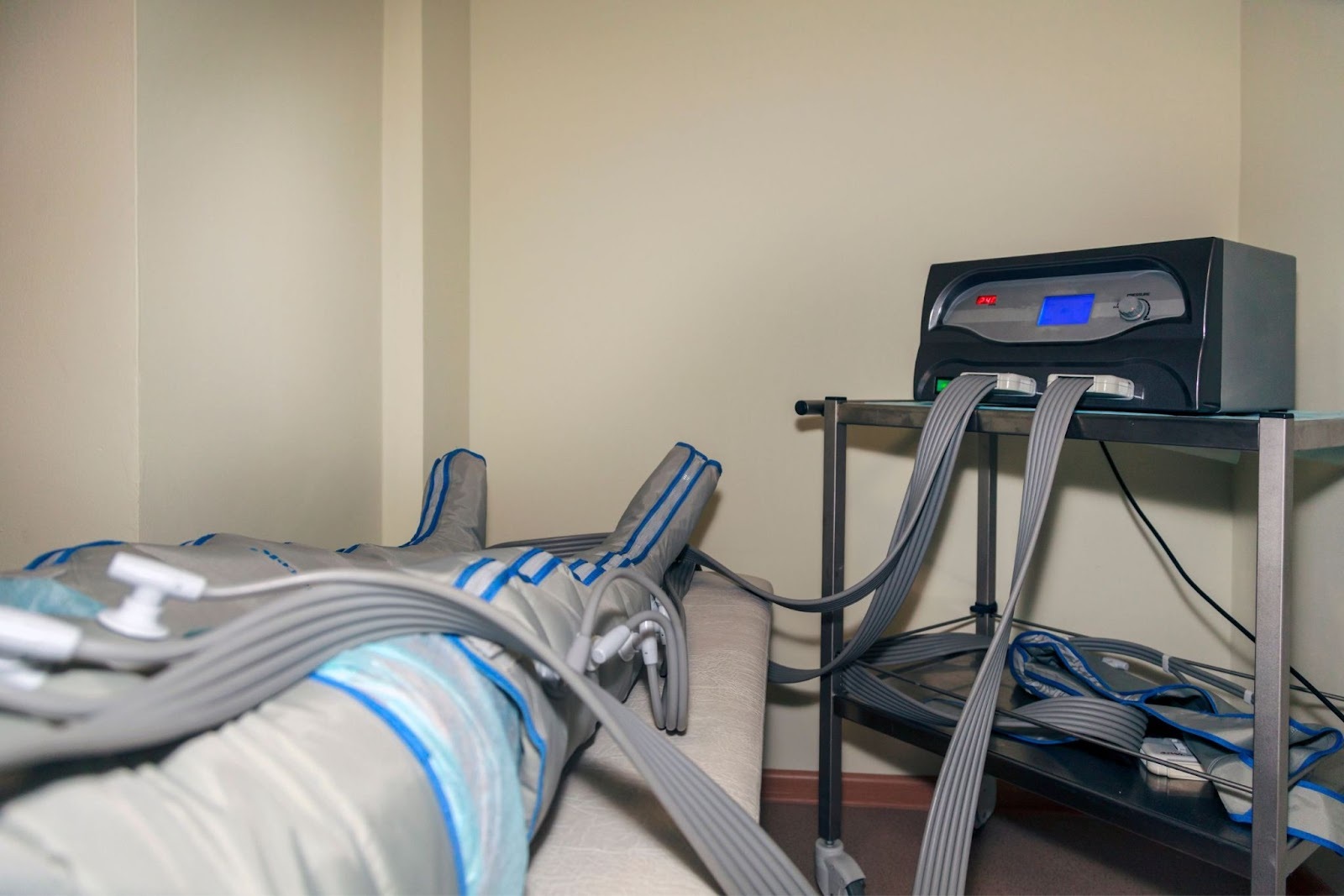
Prescribing a Pneumatic Compression Device as a Physician
Pneumatic compression devices (PCD) help patients manage swelling, pain, and poor circulation. If you’re a physician treating lymphedema, venous insufficiency, or post-op recovery, this is a tool worth considering. Here's what you need to know before prescribing one.
What Is a Pneumatic Compression Device?
A PCD is a compression therapy system that applies air pressure through a sleeve or wrap. Doctors often prescribe it for patients recovering from surgery or managing chronic issues. It’s non-invasive and used at home or in clinical settings.
When Should a Physician Prescribe One?
Physicians should consider prescribing a pneumatic compression device for patients dealing with chronic venous insufficiency, lymphedema, or post-surgical swelling that doesn’t improve with basic care. It’s also appropriate for individuals with a history of deep vein thrombosis (DVT), especially if they’re sedentary or have limited mobility. Patients recovering from orthopedic procedures who experience fluid retention in the limbs may also benefit.
A PCD can be especially useful when elevation, compression garments, or manual lymph drainage haven’t worked. Early prescription can help reduce long-term complications and support faster recovery.
Prescribing for Lymphedema
Lymphedema must be formally diagnosed before a pneumatic compression device can be prescribed and covered by insurance. This confirms medical necessity and ensures the patient receives the appropriate treatment. Diagnosis typically involves a physical exam, medical history review, and sometimes imaging like lymphoscintigraphy or MRI. Without this step, insurance claims may be denied, and treatment could be delayed. A clear diagnosis helps tailor the device type, pressure level, and treatment frequency to the patient’s needs.
How Does a PCD Work?
A PCD works by inflating and deflating air chambers inside a sleeve wrapped around the limb. These cycles apply gentle, rhythmic pressure that helps move blood and lymphatic fluid. The action supports circulation, reduces swelling, and prevents fluid from pooling in the tissue. It’s a simple, non-invasive way to mimic natural muscle movement for patients with compromised flow, thereby simulating the blood-recycling benefits of natural body movement.
Clinical Benefits of Pneumatic Compression Devices
- Reduces pain and swelling: Targeted compression moves excess fluid out of the limbs, easing pressure and discomfort.
- Prevents blood clots: Improved circulation lowers the risk of deep vein thrombosis, especially in high-risk or post-op patients.
- Speeds up healing: Better blood flow helps deliver oxygen and nutrients where they’re needed most.
- Boosts mobility: Less swelling means easier movement and faster return to daily activity.
- Improves overall comfort: Regular use relieves that heavy, tight feeling in the legs or arms.
What Information Is Needed to Write a Prescription?
To prescribe a pneumatic compression device, include the patient’s full name, diagnosis, and which limb needs treatment. Add the correct ICD-10 code to match the condition. The type of device—lymphedema or DVT pump—should also be clearly stated. You’ll need to provide your NPI number as the prescribing physician. Some insurance carriers may require additional documentation, so check ahead. Clear, complete details help avoid delays in processing.
How Does the Insurance Process Work?
The medcom group handles the insurance process from start to finish. We verify coverage and take care of pre-authorization for you. Most major insurance plans and Medicare typically cover the cost. However, you may need to provide documentation showing that conservative treatments haven’t been effective. Please be aware that prepay prices can be affected by a lack of authorization—read more about this information here, and don’t hesitate to reach out with any questions.
What Happens After the Prescription Is Submitted?
After we receive the prescription, the medcom group reaches out to the patient to confirm all details. We then process the insurance, and once approved, the device is either shipped or delivered directly to the patient. Our team provides thorough training on how to use the device properly, ensuring that the patient feels confident and comfortable with it.
How Long Do Patients Use the Device?
The length of treatment varies based on the patient’s condition and recovery plan. Patients typically use the device daily for weeks or even months, depending on what the physician recommends. As progress is made, adjustments can be made to the treatment schedule. Regular follow-ups ensure the patient stays on track and that the therapy is working effectively.
Source High-Quality Pneumatic Compression Devices
If you're considering a pneumatic compression device for your patients, the medcom group is here to help. Contact us today to learn how we can streamline the prescription and delivery process for optimal patient care.

